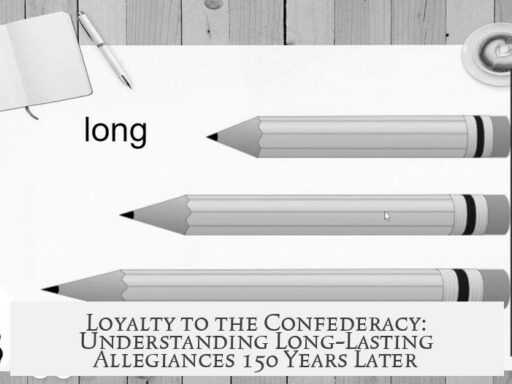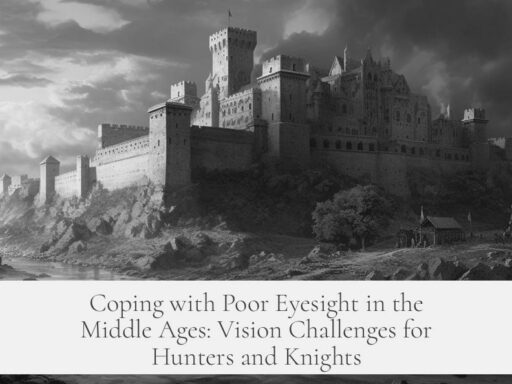It is normal to take a long time to read history books. History books often contain dense, complex writing filled with detailed evidence and analysis. Their nature demands careful thought and reflection, making a slower reading pace common and reasonable.

History books differ significantly from fiction or lighter nonfiction in style and purpose. They focus on presenting deeply researched facts, critical interpretations, and comprehensive context. This complexity means readers spend more time processing the information and evaluating arguments.
Several factors influence how long it takes to read history books. One key factor is the book’s complexity and density. History texts often reference various documents, letters, or records, which provide detailed evidence. This reliance on fragmentary documentation requires readers to pay attention to nuances.

The purpose of reading also affects speed. If reading for casual interest or pleasure, it naturally takes longer to move through a history book. Readers may want to absorb, reflect, and appreciate the material. Conversely, those reading for academic or professional reasons often skim content to cover more material quickly.
Interest in the topic plays a pivotal role. Passionate readers tend to engage more deeply and therefore take longer, while those less interested might skim or read with less intensity.

To read history books efficiently, several strategies help:
- Begin by reviewing the table of contents to understand the scope and structure.
- Read the introduction thoroughly to grasp the author’s purpose and main arguments.
- Focus on chapter openings and conclusions since they summarize key points.
- Skim through less critical factual sections, and slow down for analysis or intriguing anecdotes.
- Read actively by questioning and evaluating the author’s arguments as you go.
- Reflect on information by pausing and thinking through the implications before proceeding.
Many history scholars apply selective reading. Academic historians often own many books but read specific chapters pertinent to their research. This targeted approach improves efficiency without sacrificing understanding.

| Factor | Effect on Reading Speed |
|---|---|
| Complex Writing and Density | Slows reading due to need for careful understanding |
| Reading Purpose | Faster if for research; slower if for enjoyment or deep study |
| Interest Level | More interest can mean deeper engagement and slower pace |
| Reading Strategies | Skimming and focusing on key sections speeds reading |
The nature of historical writing itself contributes to longer reading times. History books do not always follow a straightforward narrative. Instead, they examine events by analyzing available evidence meticulously. This includes scattered records, letters, or objects that survived. The detailed examination helps build a grounded interpretation.
Readers often need to juggle between the factual evidence and the author’s interpretation. This dual focus demands mental effort beyond just following a story. It requires critical thinking throughout the reading process.

Aside from efficiency, some readers choose to take their time to absorb historical biographies or complex histories. They read in short sections, rotate among other readings, and reflect between sessions. This slow approach aims to deepen understanding and enrich memory retention.
In practice, the amount of time spent does not indicate intellectual ability. Many readers experience slower progress with history books due to their nature. Adopting proper reading techniques can help manage the workload but cannot eliminate the need for concentration and thought.

- History books are inherently dense and complex, requiring slower reading.
- Reading purpose and interest shape how quickly one progresses.
- Skimming key sections and active reading improve efficiency.
- Historical writing demands deep analysis of fragmentary evidence.
- Taking time to reflect on content is a normal and useful approach.
Is it Normal to Take a Long Time to Read History Books?
Yes, it’s absolutely normal to take a long time to read history books. History books aren’t your standard page-turners. They’re packed with dense text, detailed evidence, and a fair bit of brain workout. So, if you find yourself dragging through a history tome, take heart—you’re in good company. But why exactly does it take so long? Let’s unpack this together.

The Complexity and Density of History Books
First off, history books are no light reading. They often contain complex writing styles and numerous allusions to other sources. Authors don’t just recount events; they analyze, interpret, and cross-reference documents. Imagine trying to juggle several balls while riding a unicycle—that’s what your brain is doing when diving into detailed historical analysis.
This density isn’t accidental. Historians aim to dig deep, presenting layers of evidence and viewpoints. Expect lengthy passages about letters, bills, or random artifacts surviving the ravages of time. These fragments are pieces of a puzzle historians painstakingly piece together to build their version of the past. Reading this demands not just time but careful thought. It’s not just about absorbing facts; it’s about understanding how those facts fit into bigger arguments.
What’s Your Purpose? Pleasure or Information?
One of the biggest factors affecting your pace is your reason for reading. Are you curling up with a history book for fun or necessity? If you read casually, cover to cover, expect it to take a while. It’s perfectly normal to slow down and savor the material.
When students face looming deadlines—say, needing to plow through three or four hefty history books in a week—they may skim and rush through pages just to get the gist. This rapid-fire reading is out of necessity, not enjoyment. So if you’re reading leisurely, don’t feel frustrated about taking your time. Your brain is engaging with complex ideas and absorbing nuances, which naturally slows the process.
Interest Level Matters
Let’s be honest: your enthusiasm for the topic drastically impacts how fast you get through a book. History subjects that thrill you will likely have pages flying by. But dense topics or ones that don’t grab your attention? Slow progress is expected. When the content sparks curiosity, your brain rewards you with focus and absorption. Otherwise, you might find yourself rereading sentences or daydreaming mid-paragraph.
How to Read History Books Efficiently Without Rushing
Worried about slow progress? Lucky for you, historians and students have developed smart strategies to tame the beast.
- Start Smart: Skim the Table of Contents and Introduction. This paints a clear picture of the author’s main arguments and the structure of the book. Getting the lay of the land helps you anticipate what’s coming and avoid surprises.
- Focus on Key Sections. Not every page demands your full attention. Read the beginnings and conclusions of chapters thoroughly—these often contain the meat of the argument. Skim through dense factual details unless they speak directly to your purpose or curiosity.
- Read Out of Order. Experts often leapfrog chapters, concentrating on parts most relevant to their question or interest.
One university lecturer’s advice sums this up well: “I haven’t read every book on my shelf cover to cover. Most academic history books are there to be skimmed, or read for just a few key chapters.” This confession alone is freeing—no one expects you to devour hundreds of pages on every history book you pick up.
Engage Critically and Actively
A great way to keep history reading lively is to keep a conversation going with the author right inside your head. Question arguments like, “Really? How is this claim supported?” When you anticipate the author’s points, you avoid getting lost or overwhelmed. Instead, you can pick out or double-check evidence as you go.
By juggling judgment and attention simultaneously, you stay engaged and make the experience more rewarding.
Take Time to Reflect
History reading isn’t a race; it’s a marathon with pit stops for thinking. Many readers find themselves pausing after just a few pages or chapters to mull over what they’ve read. This thoughtful approach means they might rotate readings—switching between history and something lighter—or revisit sections to absorb the ideas better.
This reflective pace allows your brain to digest complex interpretations and historical analysis fully. It also means finishing a history book might take weeks or even months. And that’s perfectly okay.
The Nature of Historical Writing Is Different
Unlike novels aiming for a smooth story arc, history books prioritize depth and evidence. The writing focuses less on storytelling and more on showing the reader how everything connects, backed by documentation. This explains the sometimes seemingly random details—like a long description of a mundane bill or a letter—because these details form the foundation of the author’s argument.
This approach forces readers to be active partners in piecing together the bigger picture, rather than passive observers flipping through a neat narrative. It is intense brain work wrapped in paper.
So, Is It Normal to Take a Long Time?
Absolutely. If you’re working through a history book slowly, soaking in dense material, pondering complex arguments, or carefully comparing evidence—that’s all part of the process. Rather than rushing, embrace it. Your effort means you’re truly understanding and engaging with history instead of just skimming its surface.
Next time you glance at that heavy book with its endless pages of dusty past events, remind yourself: you’re not slow, you’re thorough. And that, my friend, is how real history buffs roll.
Want to speed up efficiently? Try those smart tactics—dip in with your goals in mind, read selectively, question critically, and take breaks to reflect.
Enjoy your historical journey. It’s not a sprint, it’s a thoughtful exploration of our past.




